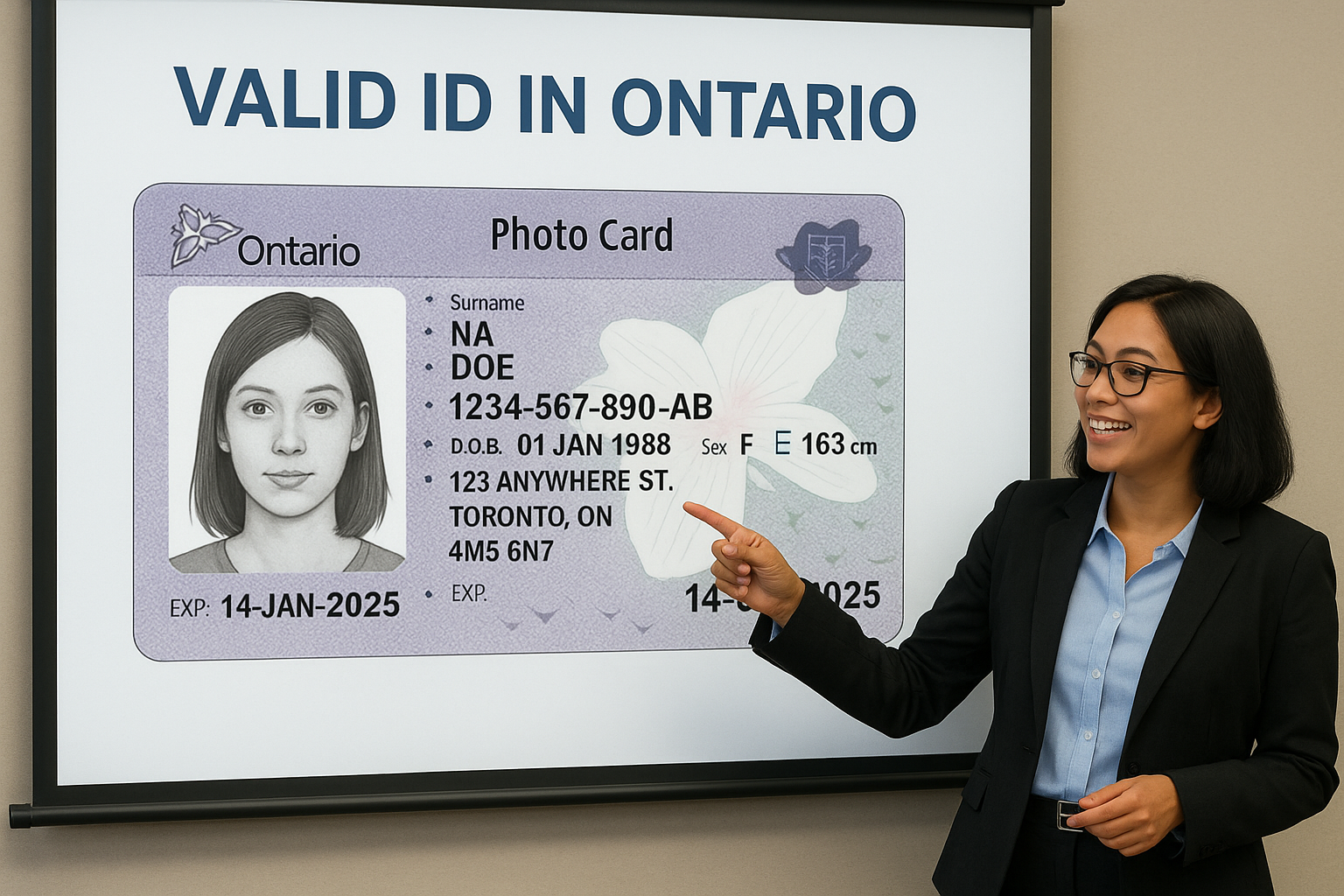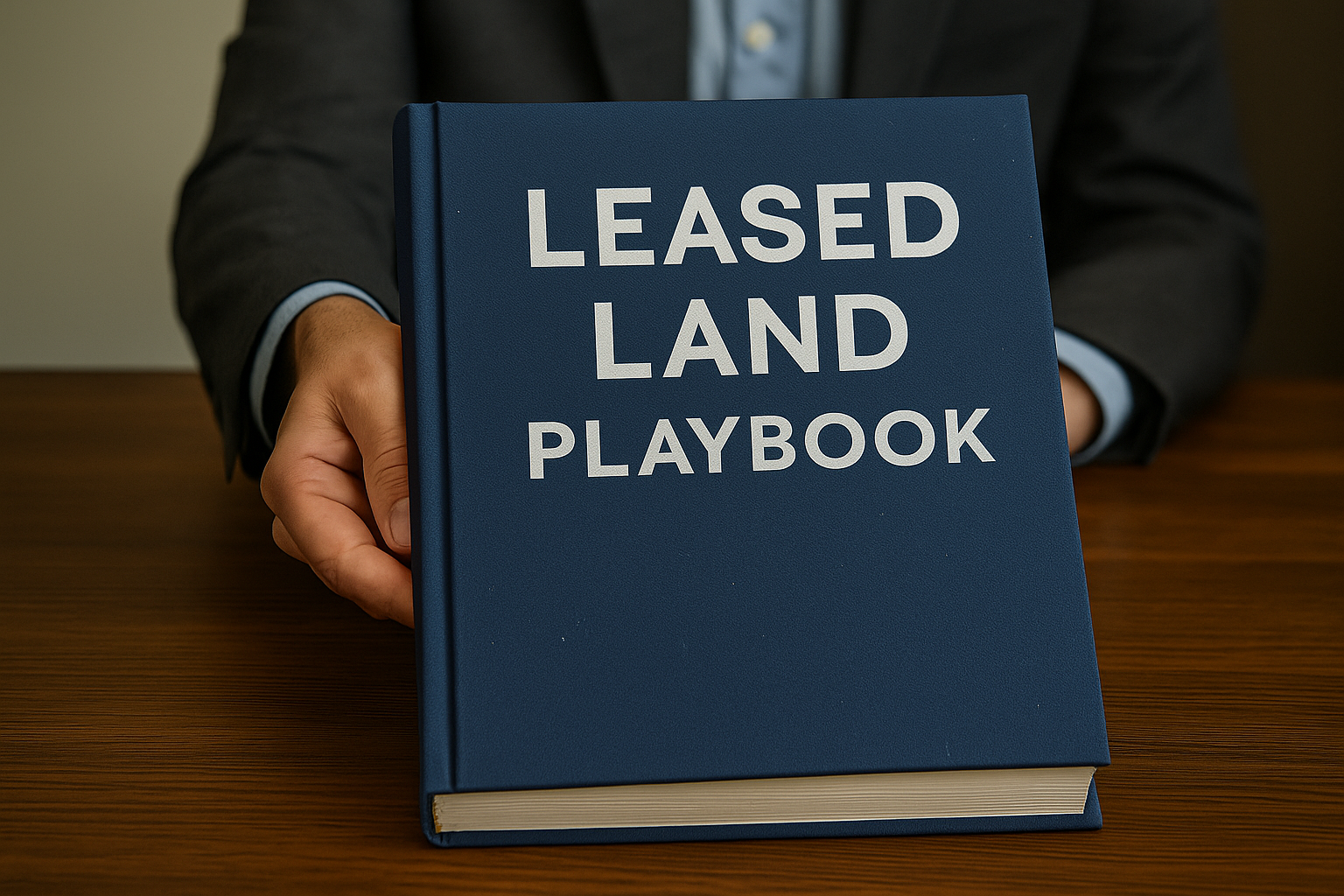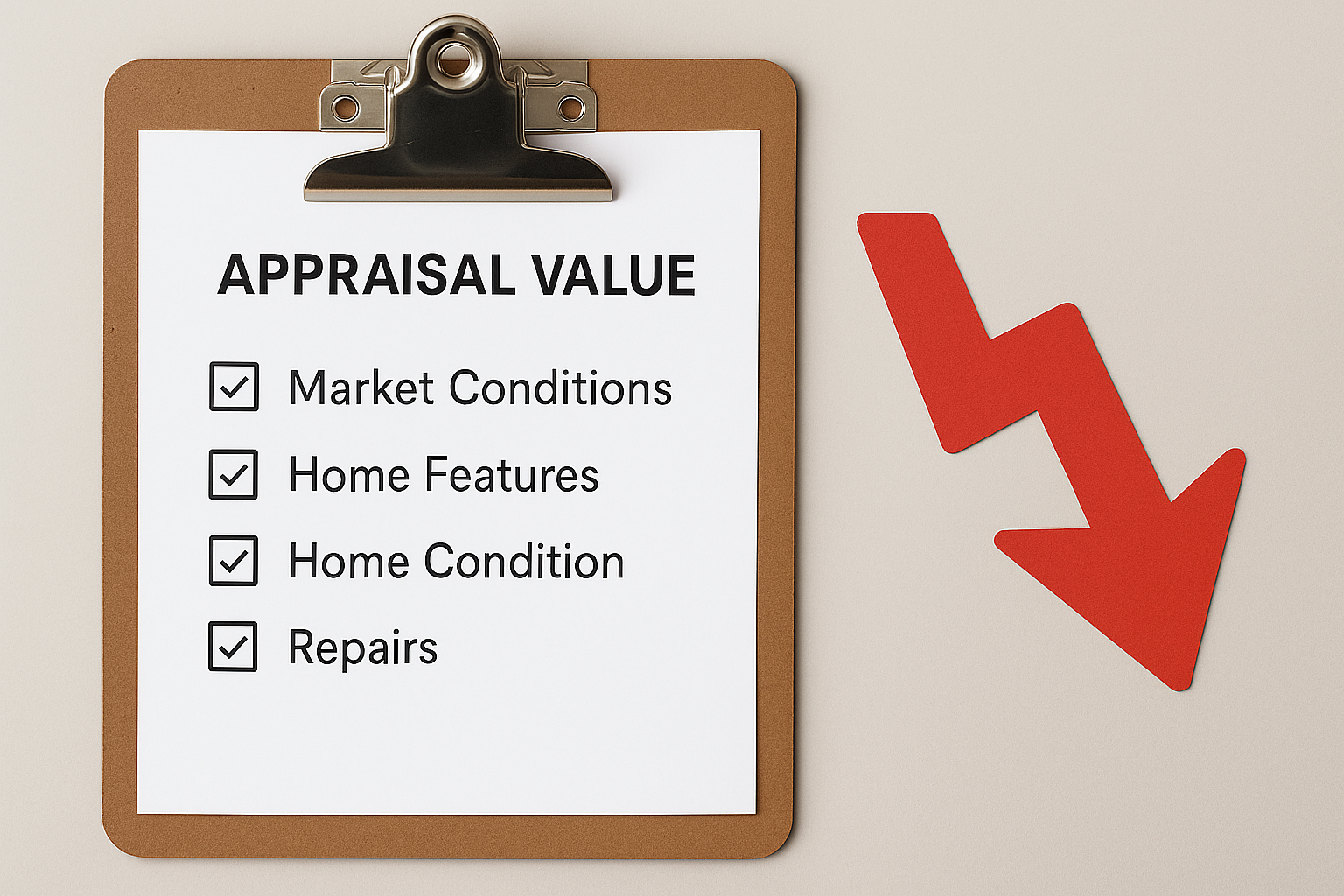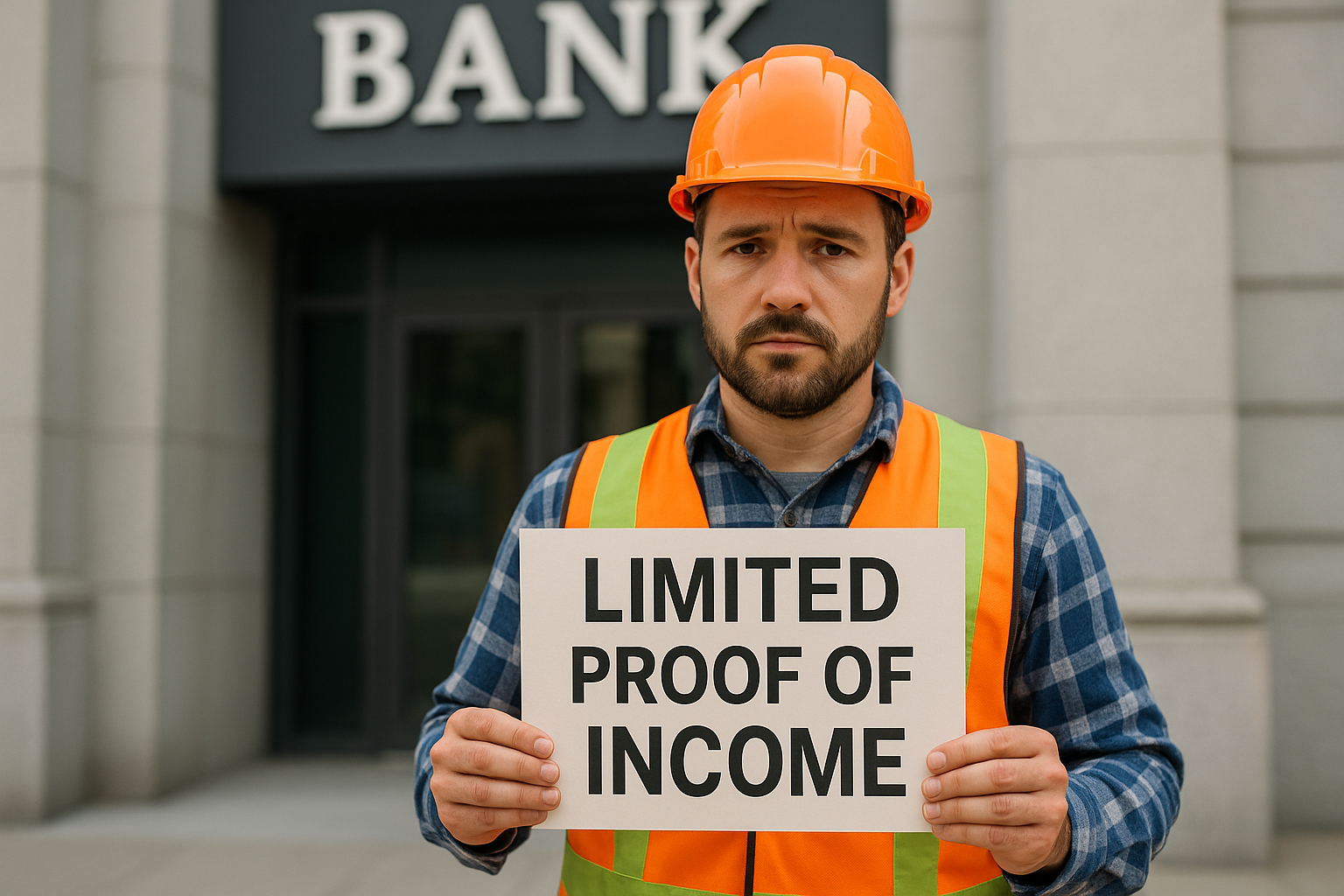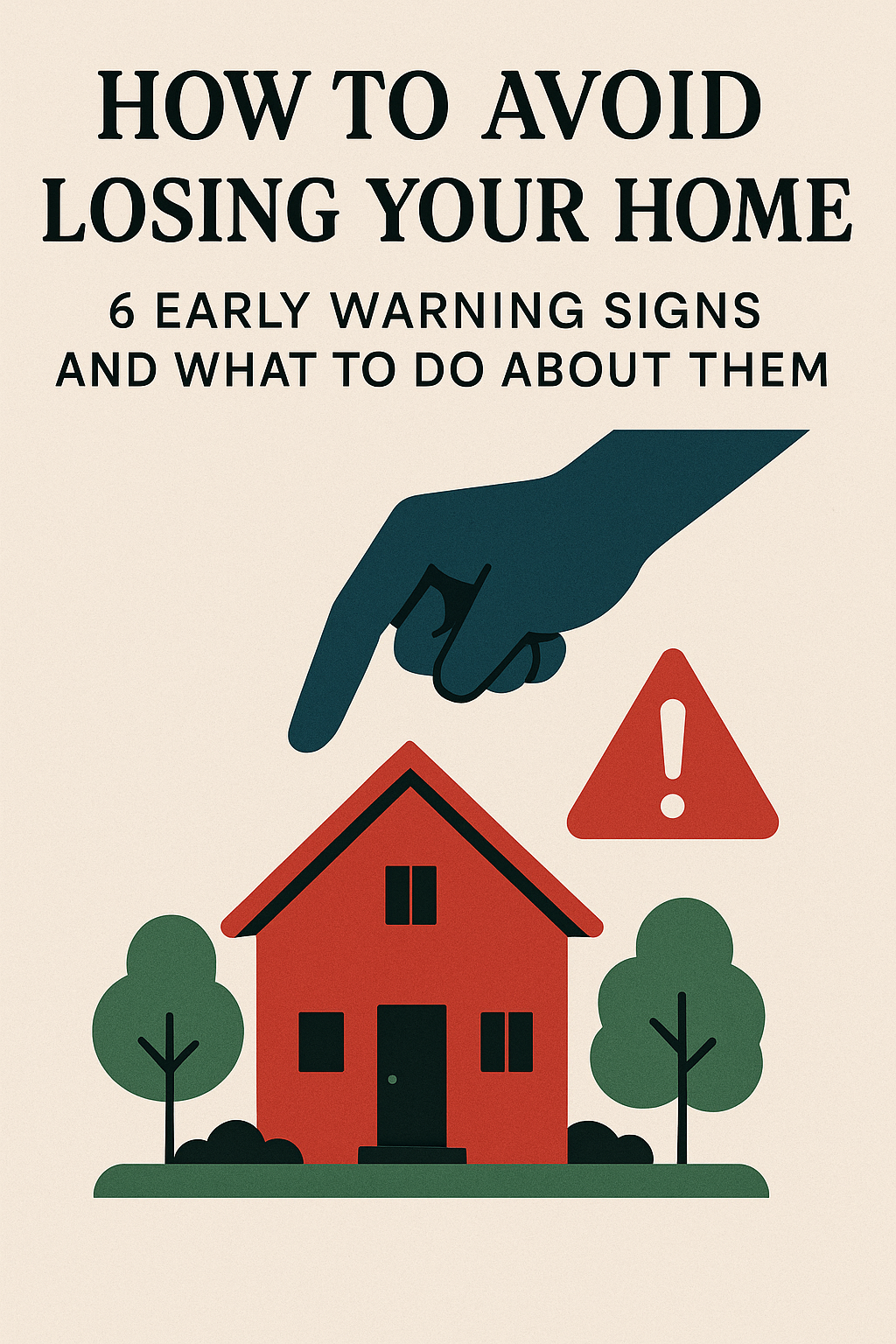Table of Contents
ToggleHome Equity Line of Credit Rates & Questions 2025: What Canadian Homeowners Need to Know
In 2025, a home equity line of credit (HELOC) remains one of the most flexible ways for Canadian homeowners to access funds. With most HELOC rates closely tied to the Bank of Canada’s prime rate, borrowers must pay close attention to changing trends. Whether you’re planning home renovations, debt consolidation, or paying off high-interest credit cards, tapping into your home’s equity offers versatile borrowing options. However, rising rates and stricter qualification rules mean that understanding how HELOCs work is more important than ever.
Key takeaway: HELOCs provide flexibility, but careful management is crucial as rates fluctuate.
What is a Home Equity Line of Credit?
A home equity line of credit is a revolving loan secured against the equity in your home. It gives you access to a set amount of credit, allowing you to borrow as much as you need (up to your approved limit) and only pay interest on the amount borrowed.
How HELOCs Work in Canada:
- Secured against your home.
- Interest-only payments during the draw period and on the amount you’ve borrowed.
- Revolving credit — borrow, repay, borrow again.
Difference Between HELOC and Second Mortgage:
- HELOC: Revolving access to funds.
- Second Mortgage: Lump-sum payment with fixed repayment terms.
Important to note: Lenders typically register a collateral charge on your property when issuing a HELOC.
Understanding HELOC Rates in 2025
How HELOC Rates Are Determined
HELOC rates are generally “prime plus.” That is, they track the Bank of Canada prime rate with a small markup depending on your credit profile and lender.
- Variable Rate: Moves with prime.
- Fixed Rate HELOC: Less common, but some lenders offer a fixed-rate draw option.
Common mistake: Assuming your rate will never change. Prime rate movements can impact your home equity line of credit interest costs month-to-month.
Trends in HELOC Rates for 2025
- The Bank of Canada has signalled a moderate rate environment for 2025, though caution remains around inflation.
- As of Q2 2025, prime rates are hovering between 4.95% and 6%.
- Major banks typically offer HELOCs at prime + 0.50% to prime + 1.00%.
Key takeaway: Stay aware of rate announcements to manage your borrowing costs.
Qualifying for a HELOC: What You Need to Know
Home Equity Requirements
Most lenders require:
- 20% minimum equity remaining after the HELOC is set up.
- Loan-to-Value (LTV) Ratio: Typically 80% or less.
Example:
- Home Value: $600,000
- 80% of Value: $480,000
- Existing Mortgage: $300,000
- Potential HELOC Limit: $180,000
Important to note: A home appraisal may be required to determine the current market value.
Credit and Income Considerations
In 2025, lenders are paying closer attention to:
- Credit Score: Preferably 680+ for best rates, though options exist for scores down to 600.
- Income Verification: Stability is key, especially for self-employed borrowers.
- Debt Service Ratios: Gross Debt Service (GDS) and Total Debt Service (TDS) ratios must meet lender guidelines.
Common mistake: Assuming bruised credit automatically disqualifies you. Alternative lenders and private lenders provide HELOC options for lower credit profiles.
Common Uses for a HELOC
A home equity line of credit can serve many purposes:
- Debt Consolidation: Pay off high-interest credit cards and loans.
- Home Renovations: Fund kitchen remodels, roof repairs, or basement upgrades.
- Paying off Credit Cards: Consolidate credit card balances at a lower HELOC interest rate.
- Emergency Funds: Access funds quickly without reapplying for new credit.
Key takeaway: HELOCs can save money when used strategically for investments or essential expenses.
Key Pros and Cons of HELOC Borrowing
Benefits of a HELOC
- Flexibility: Borrow only what you need.
- Interest-Only Payments: Manage cash flow more effectively.
- Lower Rates: Typically lower than personal lines of credit or credit cards.
- Reusability: Once repaid, funds become available again.
Important to note: Some lenders allow fixed-rate conversion on HELOC draws.
Risks of a HELOC
- Rising Rates: Monthly payments can increase unexpectedly.
- Over-Borrowing: Easy access to funds can lead to excessive debt.
- Property Risk: Since your home is collateral, non-payment can result in foreclosure.
Common mistake: Using HELOCs for non-essential spending like vacations.
HELOC vs. Other Borrowing Options
| Feature | HELOC | Home Equity Loan | Personal Line of Credit |
|---|---|---|---|
| Access | Revolving (repay and borrow) | Lump Sum | Revolving |
| Security | Secured (home) | Secured (home) | Unsecured |
| Interest Rates | Prime-based (Variable/Fixed) | Fixed/Variable | Higher (typically) |
| Usage Flexibility | High | Low | High |
Key takeaway: HELOCs combine flexibility with lower interest costs compared to unsecured borrowing.
FAQs About Home Equity Line of Credit Rates & Borrowing
Q: What is the average HELOC rate in Canada for 2025?
A: As of mid-2025, HELOC rates in Canada typically range between 6% and 12%, depending on your credit profile and lender.
Q: Can I get a HELOC with bad credit in Canada?
A: Yes. Some alternative and private lenders offer HELOCs to borrowers with bruised credit, but at higher rates and possibly lower limits.
Q: How much equity do I need to qualify for a HELOC?
A: Generally, you need at least 20% equity remaining in your property after the HELOC is established.
Q: Is a HELOC good for debt consolidation?
A: Absolutely. Using a HELOC to pay off high-interest debts like credit cards can improve cash flow and lower overall interest costs.
Q: How does a HELOC repayment work?
A: During the draw period, you usually make interest-only payments. Afterward, full principal and interest payments are required.
Final Thoughts: Making the Most of Your Home Equity in 2025
Tapping into your home’s equity through a HELOC can be an excellent financial tool in 2025, provided you manage it responsibly. Keep a close eye on rates, understand your equity position, and use borrowed funds wisely for debt consolidation, home renovations, or strategic investments.
Key takeaway: Flexibility is powerful — but discipline is essential when using a home equity line of credit.
Important to note: Always compare offers from different lenders and consider speaking with a mortgage professional to find the best solution for your situation.
Apply for a Home Equity Line of Credit
- Leased Land Mortgages in Ontario: How to Qualify and What to Expect - June 30, 2025
- Hard Money Mortgage Lending in Canada: A Homeowner’s Guide - June 9, 2025
- What is Home Equity and How Does It Work? Learn More 2025 - June 6, 2025

